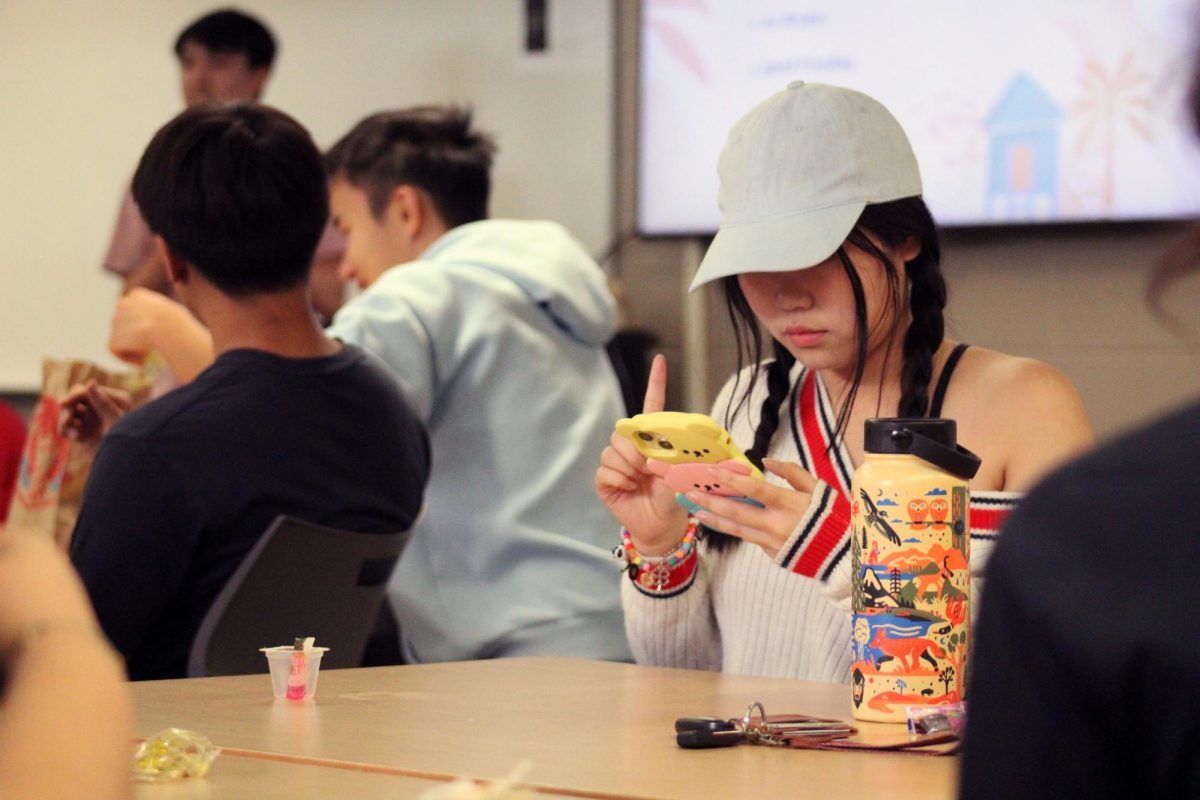Manhattan High administration is exploring a new partnership with Area Transportation Agency buses to provide expanded public transportation options for students. The idea, still in the early information-gathering stage, stems from ATA reaching out to the district with interest in offering additional services within the city.
“We are a condensed location where over 2,000 people come here during the day and then go out into all corners of Manhattan,” Principal Michael Dorst said. “ATA asked if students would be interested in this, especially since we don’t provide transportation within 2.5 miles of the school.”
To gauge interest, the district sent a survey through ParentSquare to students and families. If implemented, no special waivers would be necessary — students could use public transportation as any community member would. Dorst, who grew up taking public transit in Sacramento, California, sees the potential for this as a meaningful community partnership.
“If we can pull this off, it would be very advantageous for our students, families and local businesses,” Dorst said.
In addition to transportation discussions, administrators are finalizing updates to the personal electronic device policy set to launch next school year. While most students are aware of restrictions on phones, the upcoming guidelines will also address other personal devices, such as laptops, smartwatches and headphones.
Dorst explained the rationale for broadening the policy, noting that any connected device can serve as a distraction in academic settings.
“Laptops still have messaging, video calling and social media,” Dorst said. “If we start creating exceptions, it leads to inequities and inconsistencies in classrooms.”
The school plans to implement the updated policy with clear expectations from the first day of the school year, holding separate orientation sessions for freshmen and returning students. Administration will also monitor data and student feedback in the weeks following the rollout to evaluate the policy’s effectiveness and make adjustments as needed.
“I’m interested in the data every day for the first two weeks, then week by week after that,” Dorst said. “It’s about making sure we don’t start strong and then fall back into old habits.”
Beyond classroom distractions, Dorst also emphasized the importance of addressing rising levels of stress, anxiety and depression among students — concerns the new policy aims to indirectly support by reducing constant digital engagement during instructional time.





